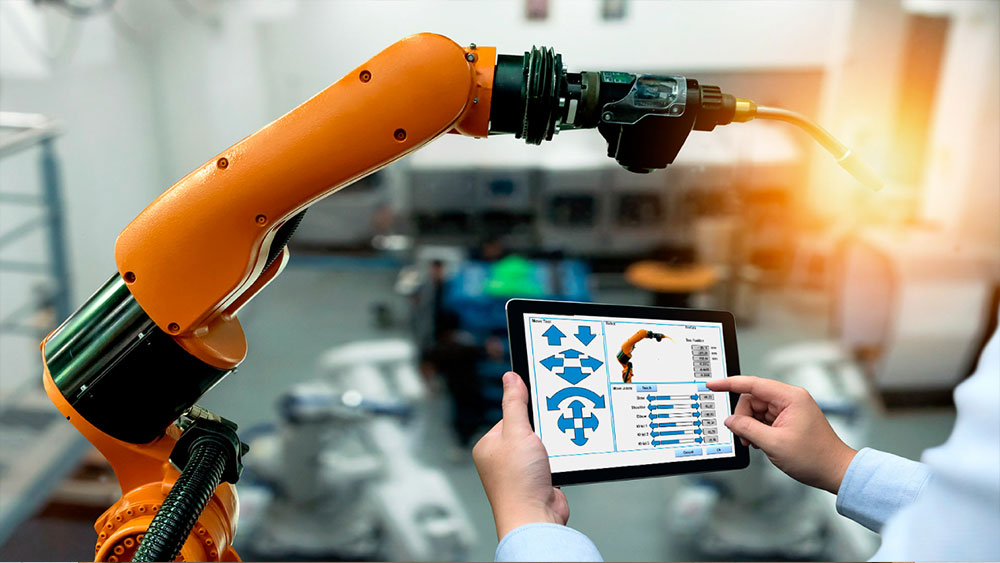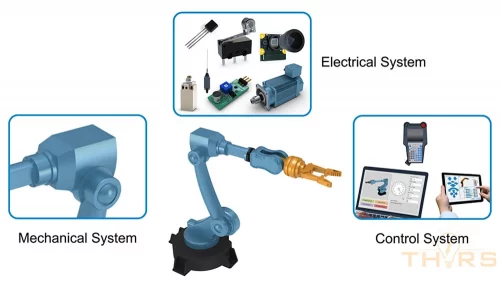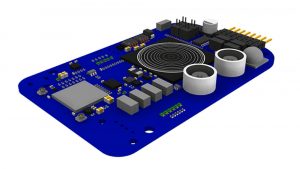Course Description
The advancements in the field of robotics have enhanced the working conditions for humans and increased productivity in the manufacturing, military, and service industries. Explore the world of robotics through the THORS Robotics Fundamentals Course. The course introduces the learners to the structure, the design, the components, and the classification of robots, in addition to providing a comprehensive understanding of industrial robots and robotic technology.
Who will benefit from this Robotics Fundamentals course?
Quality, manufacturing, engineering, designing, purchasing, and sales functions at organizations that require a basic understanding of robots.
Course Classification
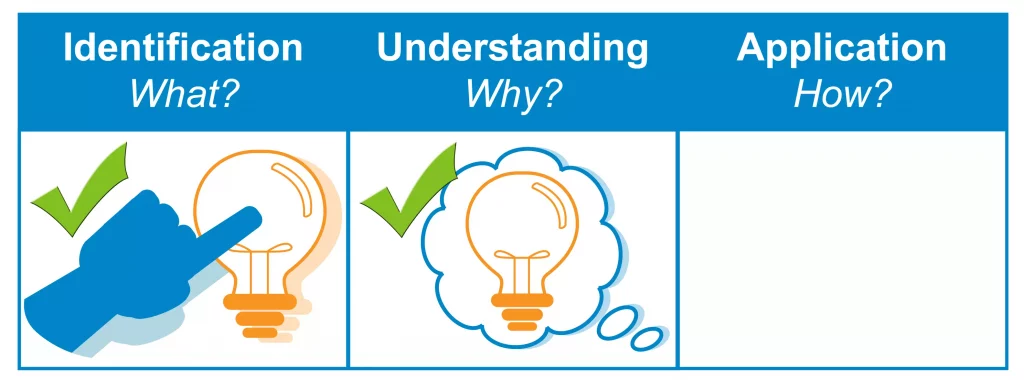
*THORS uses the Bloom’s Taxonomy Methodology for our course development.
Certificate Awarded for Robotics Fundamentals
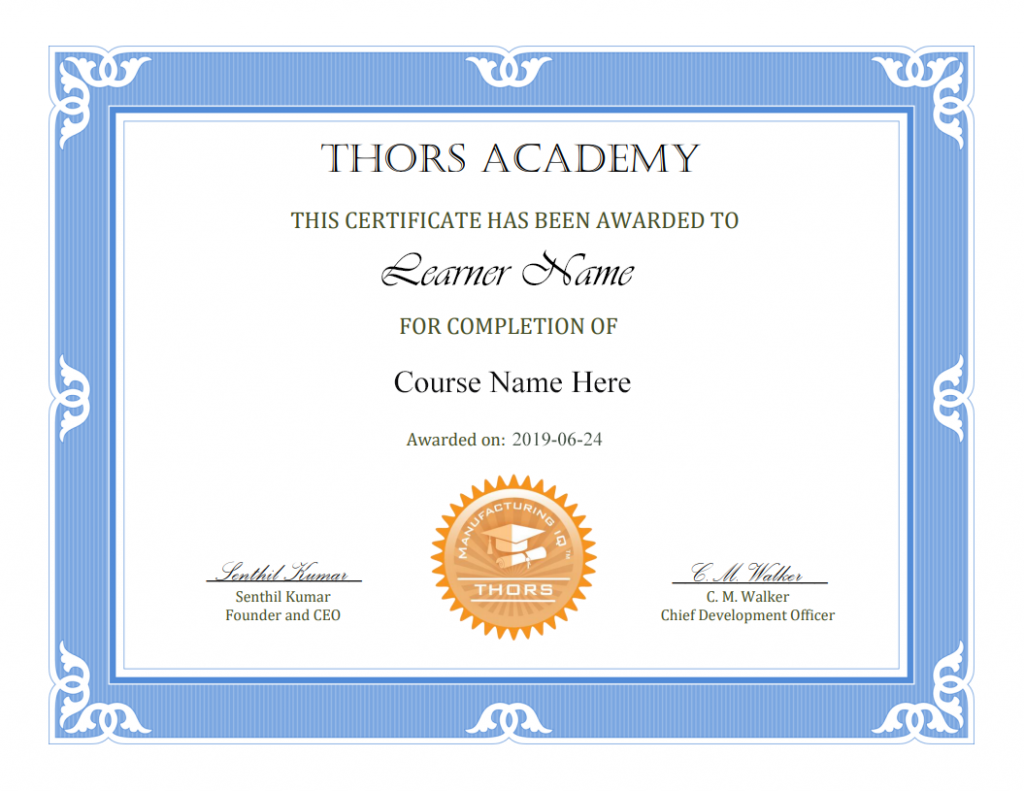
*upon successful completion
Related Posts

Certificate Programs vs Completion Certificates
Certificate programs and completion certificates are both types of educational programs that can provide valuable training and skills to individuals in a variety of fields.
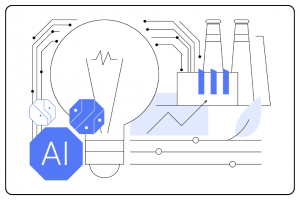
The Impact of AI in Manufacturing Efficiency and Productivity
Artificial Intelligence, or AI, is reshaping the landscape of manufacturing by improving efficiency and productivity in unprecedented ways. From predictive maintenance to quality control and

5 Ways to Reduce Human Errors in Manufacturing
We cannot change the human condition, but in manufacturing we can certainly improve the way people work, where they work, and what systems they use.

